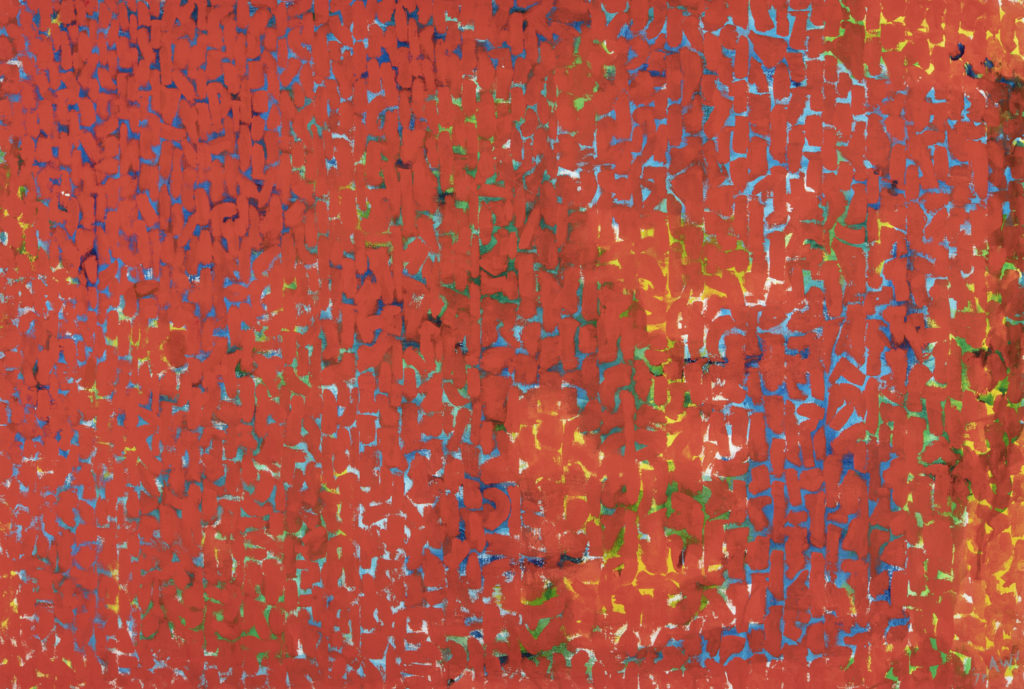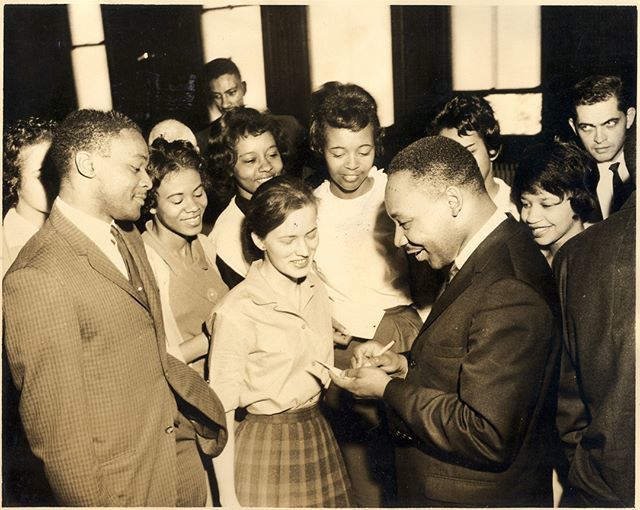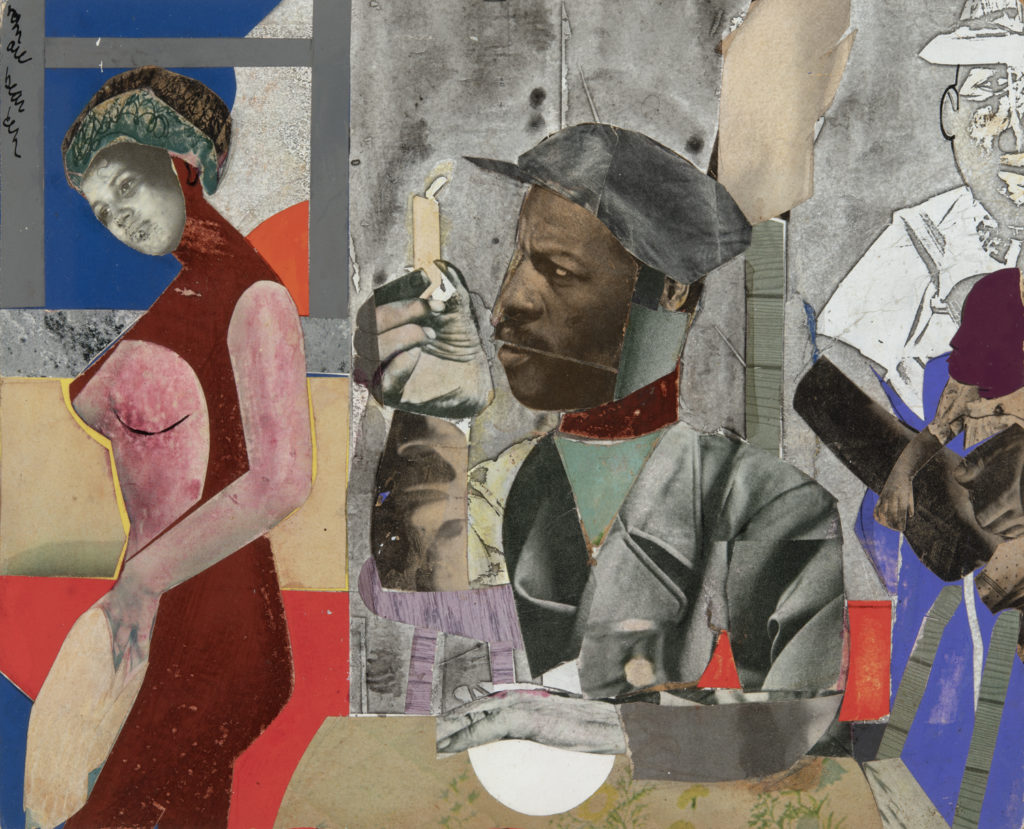Andrew Eschelbacher, AFA’s Director of Curatorial Affairs sat down with Turry Flucker, Director and Curator for Tougaloo College Art Collections to discuss the college’s history, art collection, and its place at the center of the Civil Rights movement.
Tougaloo College was founded in 1869 in Tougaloo, Mississippi to educate recently freed enslaved people and their descendants. The college has a rich and fascinating history, in particular during the Civil Rights Era when the college was a meeting place for organizers in Mississippi. For instance, nine students from the college, who became known as the Tougaloo Nine, staged one of the first acts of civil disobedience in Mississippi during a read-in at a segregated public library in Jackson.
During this period, the college began to create an art collection. In 1963 a number of artists, critics, and curators from New York worked with Dr. Ronald Schnell, a professor of art at Tougaloo, to build the first collection of Modern art in Mississippi with works by such European artists as Francis Picabia and George Grosz and Americans from the New York School, like Robert Motherwell and Betty Parsons.
Over the course of the 1960s, students and faculty alike expressed an increasing desire for the college to acquire art that better represented Tougaloo and its community. Schnell and his colleagues began a concerted effort to add works of art by African American artists, and in the process developed significant relationships with artists like Romare Bearden and David Driskell.
In recent years, the collection at Tougaloo has continued to grow and was recently on view as part of the Art & Civil Rights Initiative, a partnership between the Mississippi Museum of Art and Tougaloo College that presents joint exhibitions and programs, and facilitates increased scholarship surrounding the Tougaloo Art Collections.


